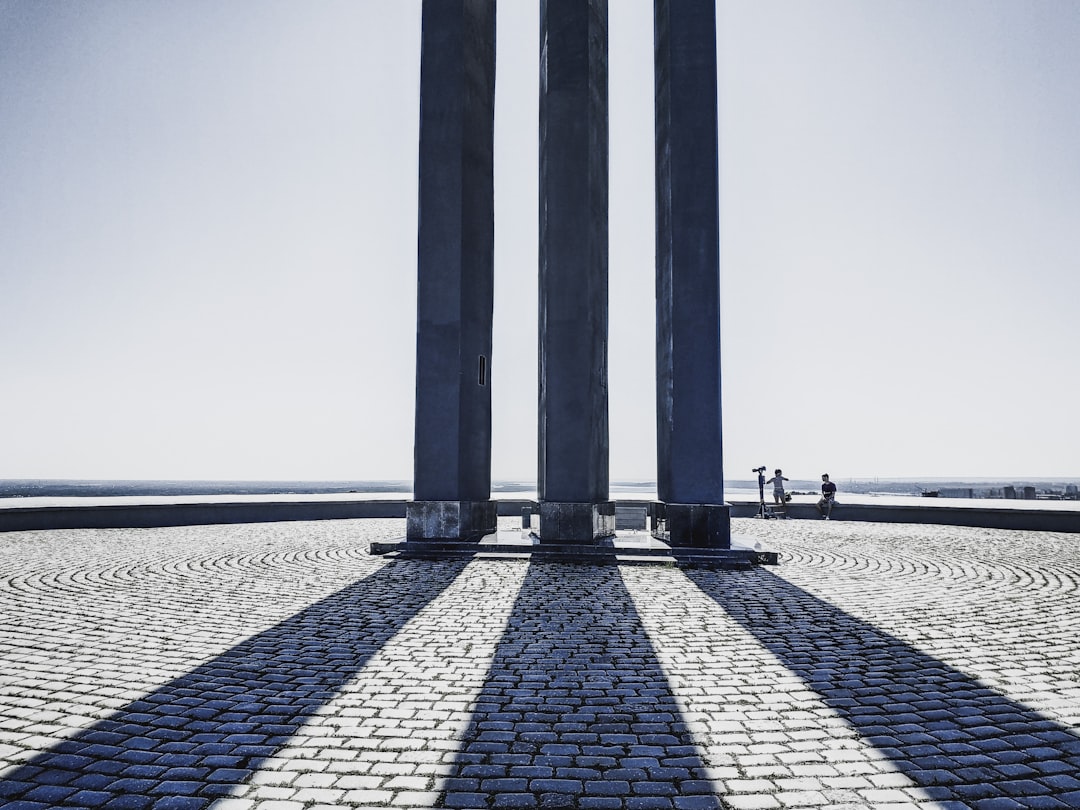
Exploring the Top Monuments to Visit in Europe.
# Introduction. Europe is a treasure trove of history, culture, and architectural splendor. The continent is home to some of the most iconic monuments in the world, each telling its own unique story. From ancient ruins to stunning cathedrals, these structures not only serve as tourist attractions but also as symbols of the cultures and civilizations that built them. In this blog post, we will explore some of the top monuments in Europe that are must-visits for anyone yearning to appreciate the rich tapestry of European history. # The Colosseum: A Testament to Ancient Rome. No visit to Europe would be complete without stepping foot inside the magnificent Colosseum in Rome, Italy. Completed in AD 80, this grand amphitheater was once the stage for gladiatorial contests and public spectacles that captivated thousands. Standing tall amidst the bustling city, the Colosseum showcases remarkable Roman engineering with its elliptical design and tiered seating. Visitors can take guided tours to learn about the brutal history of the games that once entertained the citizens of Rome. Make sure to walk around the perimeter to absorb its architectural grandeur and imagine life in ancient Rome. # The Eiffel Tower: An Icon of Paris. The Eiffel Tower, turning heads since its completion in 1889, represents the pinnacle of French architectural innovation. Towering above the city of Paris, the iron lattice structure was initially met with mixed reviews, yet it has since become an enduring symbol of romance and elegance. Ascending the tower offers breathtaking views of the Parisian skyline, particularly during sunset when the city lights begin to twinkle. It's advisable to book tickets in advance to avoid long queues, allowing you to enjoy a sip of champagne at the summit while taking in the panoramic vista of the City of Lights. # The Acropolis: A Glimpse into Ancient Greece. Perched atop a rocky outcrop, the Acropolis of Athens in Greece stands as a powerful monument to ancient civilization. Dominated by the Parthenon, a temple dedicated to the goddess Athena, this site offers visitors a profound sense of enlightenment about Greek history, art, and democracy. The structure dates back to the 5th century BC and showcases exquisite Doric architecture. As you wander through the ruins, don’t forget to visit the Acropolis Museum nearby, where many of the artifacts from the site are preserved and displayed, enriching your understanding of this historic monument. # Stonehenge: The Mysterious Megaliths of England. Located in Wiltshire, England, Stonehenge is one of the most iconic prehistoric monuments in Europe. Dating back to around 2500 BC, its origins remain shrouded in mystery. The impressive circle of standing stones continues to fascinate archaeologists and visitors alike, allowing for a myriad of interpretations regarding its purpose—ranging from an astronomical observatory to a religious site. Whether you visit during the summer solstice to witness the enchanting sunrise or a quieter autumn day, Stonehenge evokes a deep sense of awe and contemplation, making it a remarkable monument to include in your travel itinerary. # The Sagrada Família: A Masterpiece of Gaudí. In the heart of Barcelona, Spain, lies the breathtaking Sagrada Família, a basilica designed by renowned architect Antoni Gaudí. Though construction began in 1882 and continues to this day, its intricate facades and soaring spires showcase Gaudí's unique Gothic and Art Nouveau styles. The interior, resembling a vibrant forest with tree-like columns and stained glass windows, creates a kaleidoscope of colors as sunlight dances within. Visiting the Sagrada Família is more than just a tour; it’s an immersive experience into Gaudí's visionary world. Pre-booking your tickets is essential to ensure you don't miss out on exploring this architectural wonder. # Conclusion. Europe’s monuments are not merely buildings but are layers of history that tell the tales of civilizations long past. Each monument carries the weight of its era, giving us insights into cultural shifts, traditions, and the human spirit. Whether you wander the ruins of the Colosseum, ascend the Eiffel Tower, or contemplate the mysteries of Stonehenge, these monuments enrich your understanding of Europe’s heritage. As you plan your travels, make sure to include these historic sites on your itinerary. Each visit promises to deepen your appreciation of the artistry, history, and passion that shaped the European landscape. .







